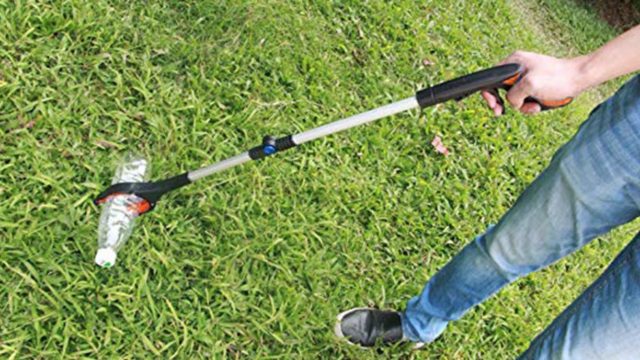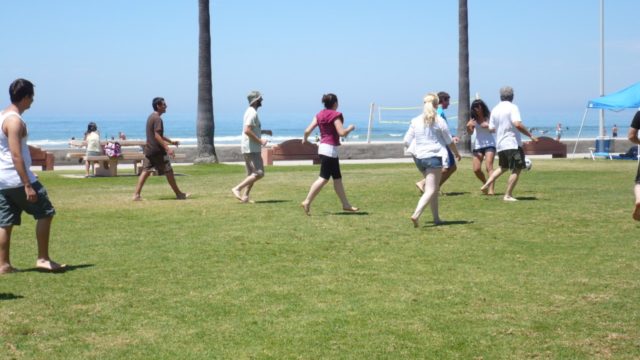In this moment of covid-19, coronaviruses, social distancing, masks, and gloves, it seems appropriate to consider a walking exercise that is also good for the habitat. Since we are adjusting to stay at home orders and sheltering in place, the need for exercise has become critical. What many of my neighbors have turned to is strolling around the area. Walking is a fantastic way to exercise and enjoy the pleasant weather. As I started my walking routine around the neighborhood, it surprised me how often I came across garbage on the roadway. A diversity of objects that belonged in a trash can and not on the street confronted me. I saw disposed Kleenex tissues, gloves, soda cans, gum wrappings, plastic bags, cigarette butts, etc. It didn’t take me long to realize that I could get my needed walking exercise but also contribute a bit to cleaning up the environment. All I had to do was bring along a grocery sack and collect some of this rubbish. It seemed like a worthy goal. Eco-friendly walking in the time of coronavirus seemed like a healthy, satisfying behavior, or so I told myself.
But I faced three obstacles:
The first obstacle involved the small to medium-sized sacks I brought along, which proved too small for the amount of rubble I encountered. My middle- to upper-middle class neighborhood had seemed clean prior to this. My blindness to the street garbage took me by surprise. It’s true that I have cleaned up other areas where I fill up a regular trash bag much more rapidly. But this territory is where I lived and it surprised me. I now carry larger and multiple medium-sized bags.
The second obstacle involved the repeated bending over required to pick up the items. My 60+ year old back began complaining almost as soon as I started. I fixed this easily by purchasing a hardy hand-held trash picker or grabber for less than $10. This eliminated the demand to bend and the need to wear gloves to handle the item, making it a more efficient and hygienic process.
The third obstacle I faced were emotional feelings about doing something that is done only as part of an environment clean-up event. To overcome the discomfort, embarrassment, and fear, I convinced myself my actions were the “right thing to do” for the ecosystem. Fortunately, the more I do it, the less the anxiety it raises.
Now I go out for my morning walk while sheltering in place and the neighborhood looks cleaner.


